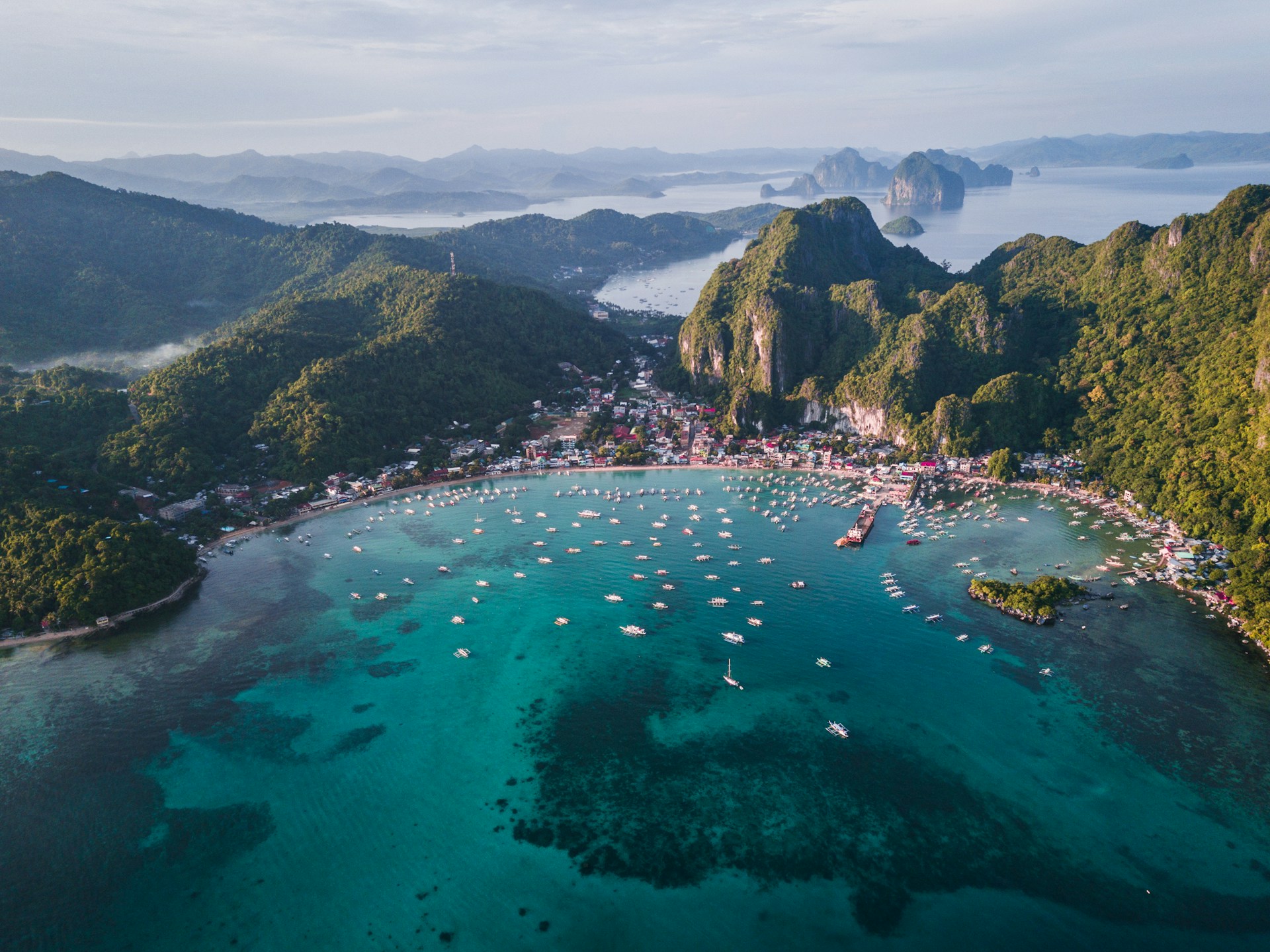Philippines Eyes Greater Share of the Cruise Market

The Philippines, as a budding cruise destination in Asia, is actively working to draw more cruise ships and brands to its coasts. The nation anticipates welcoming 121 cruise calls and 140,000 passengers in 2024, as it targets various segments of the global cruise market.
Paulo Benito Tugbang, the Philippine Department of Tourism's director for product and market development, emphasized a focus on expedition and luxury vessels, while also seeing opportunities in contemporary vessels and homeporting operations.
“We are building interest from cruise ships, trying to attract ships from different segments because we really want everyone to discover that the Philippines has a lot to offer,” he said in an interview with Cruise Industry News.
“In our experience, expedition cruises really like to visit exotic destinations and to be able to explore virgin islands and untouched nature,” Tugbang added. He noted that the Philippines, with its several exotic ports of call, is ideally suited for such activities.
Tugbang also highlighted the interest of upscale cruise lines, with companies like Seabourn frequently visiting the country. “These brands also like to visit untouched places and really have a bespoke experience,” he said.
Recently, the government held discussions with The Ritz-Carlton Yacht Collection about plans for future visits, according to Tugbang. “Our strategy includes building up a portfolio that also features more mega-cruises, the big ships that are more family-friendly,” he explained.
The Philippines offers a year-round cruise season and has eight ports that regularly serve as cruise destinations. All three major island groups in the country are currently accessed by cruise ships.
“Part of our strategy as one of the newer players in Southeast Asia is to ramp up our experiences, the things that we want to share with the cruise travelers,” Tugbang stated.
He mentioned that the initiative involves showcasing the country's cultural assets and introducing new islands and destinations to visitors. “We are strategically placed in the center of the Asia-Pacific region and offer a cultural mix of a lot of influences, which is an advantage,” he remarked.
Looking ahead, Tugbang sees potential for Manila to serve as a homeport for cruise ships, noting that new developments are set to enhance the city's accessibility. “Manila is our best bet. We have a new player coming to improve our airport and make it bigger and even more accessible,” he highlighted.
The government is also planning to build additional airports to improve access to various islands and is developing port infrastructure, with a five-year investment plan in progress.
“Our Tourism Department is working along with our Philippines Ports Authority and our cruise ports in five major destinations to build cruise terminals,” Tugbang explained. “It’s really a whole-government approach and effort to ramp up the Philippines’ role in Asia’s cruising playground, positioning ourselves as one of the best new destinations in the region,” he concluded.